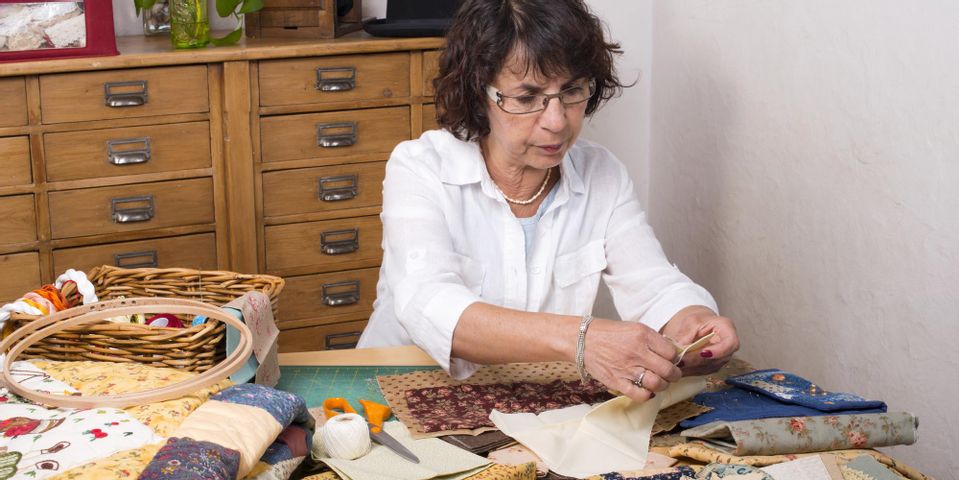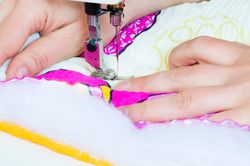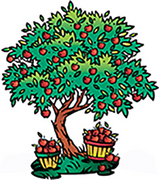
When you pick up the supplies for your first quilting project, batting should be one of the primary materials. Also known as wadding, it’s the material that you set between fabrics to create insulation, giving your quilt weight and warmth. The type you choose significantly impacts the result, so learn what your options are below.
Popular Batting Options for Quilting
Cotton
Cotton is a soft, light, and breathable material. This batting is typically 1/8th of an inch thick, which is relatively thin. Cotton makes for lightweight quilts and is an excellent choice for garments.
Polyester
Polyester is a synthetic material. It is a less-breathable and thicker option than cotton, helping keep you warmer. It is also highly resistant to mold and mildew, making it a smart choice for bedding and crib quilting. It comes in a variety of weights and thicknesses, so choose a heavier weight if you want the quilt to be thicker and warmer.
Cotton-Polyester Blend
 Typically, a cotton and polyester blend contains 80% cotton and 20% polyester. This gives it the lightweight and breathable quality of pure cotton but adds extra warmth with polyester. It’s also more durable and holds its shape more effectively than 100% cotton.
Typically, a cotton and polyester blend contains 80% cotton and 20% polyester. This gives it the lightweight and breathable quality of pure cotton but adds extra warmth with polyester. It’s also more durable and holds its shape more effectively than 100% cotton.
Wool
Wool is the warmest material and holds its shape well over time. It combines the warmth of polyester and the breathability of cotton, and it won’t crease if you fold the quilt for storage. This batting is usually ½ of an inch thick. Wash these quilts by hand.
The staff at Appletree Quilting Center in Columbia, MO, will be happy to help you find the right batting for your quilting project. For more than 30 years, this fabric store has been supplying hobbyists in the area with an extensive selection of materials at affordable prices. They also offer quilting classes for everyone, ranging from beginner basics to advanced training. Start shopping online, or call (573) 446-2655 with questions.
About the Business
Have a question? Ask the experts!
Send your question

